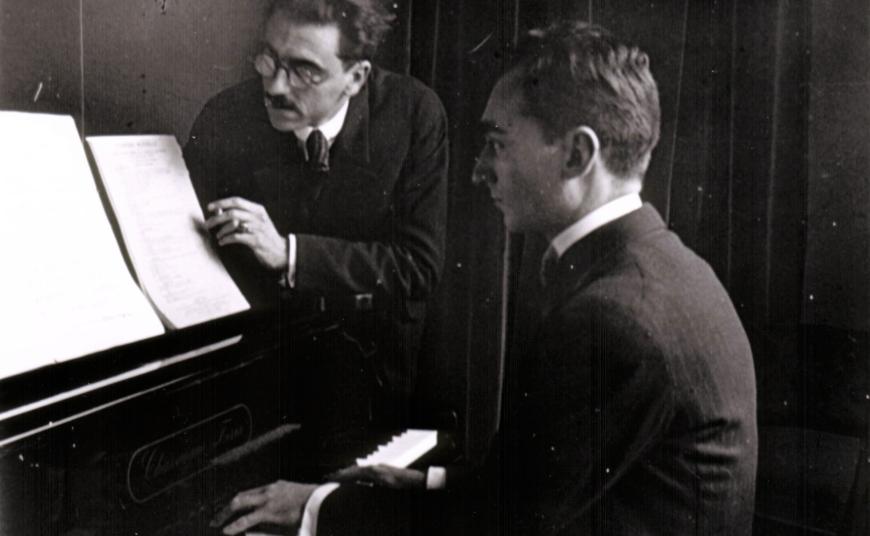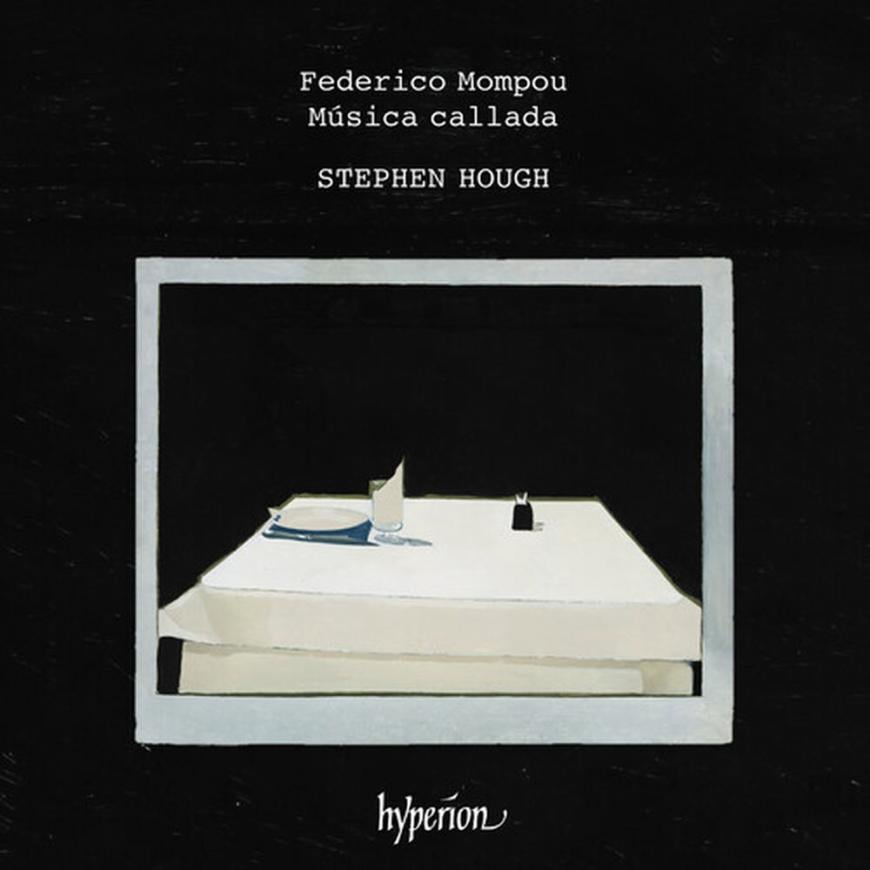
The Catalan composer Federico Mompou was fundamentally an extremely shy person — introverted to the point where his music was mostly an insiders’ secret. He didn’t like to perform in public concerts, choosing only private occasions. He couldn’t help it; this was his DNA, and this kind of personality generally doesn’t gain much traction in a world that values extroverts. If he had been an American, he most likely wouldn’t have been able to have a musical career at all. But one wonders whether his shying away from the spotlight also contributed to his living to a ripe old age. He died in 1987 at 94, the same age and year as his far more famous Spanish contemporary, guitarist Andrés Segovia, for whom he wrote the Suite Compostelana.

Mompou’s personality — his congenital shyness — seems to be indelibly stamped all over Música callada, a collection of 28 short piano pieces divided into four books that has just been recorded by Stephen Hough (Hyperion). “Música callada” means “silent music” or “voices of silence.” The pieces have no titles, just speed indications, with 12 selections marked Lento scattered among the batch.
These are late works, spanning from 1959 to 1967 in origin, completely at odds with all of the trends of their time except one — the revival of the music of Erik Satie, which had a brief flurry of attention in the counterculture. Most of these pieces follow the Satie example of brevity, spareness, simplicity, and quietude — and there are allusions to Mompou’s and Satie’s joint influence, Claude Debussy, as well. Yet Mompou’s musical language is just a little tougher harmonically, even reflecting a bit of the jazz harmonic concept (but never the rhythmic aspects) that runs through Bill Evans and his many imitators.
Now and then, a touch of extroversion punctures the placid surfaces, like the dissonant storm that suddenly interrupts the deceptively titled movement No. 13, Tranquillo: Trés calme — or the forte chords in No. 11, Allegretto, the only movement whose tempo indication suggests a quickening of speed. No. 18 is marked Luminoso, and it does have a lightly applied sheen to its textures. No. 22 is so introverted and leisurely that it merits an extra boost to its tempo instruction — Molto lento e tranquillo.
Hough, who once wrote that Mompou’s art is “the music of evaporation,” appropriately plays as if in a trance, permitting these miniatures to drift along on their own power, coming to inconclusive conclusions. Experiencing the complete cycle of these pieces — which runs some 68 minutes — is to immerse oneself in an inner world that manages to maintain its grip on one’s attention over the long haul.




